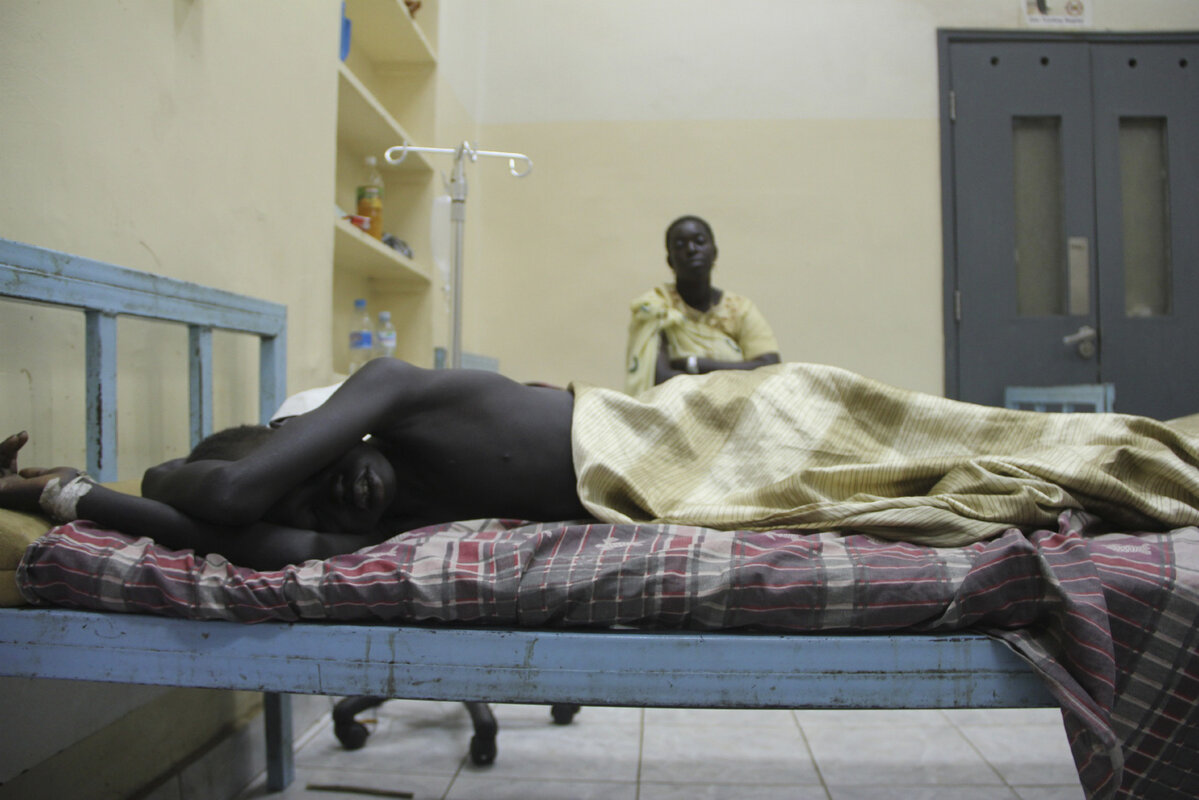South Sudan's post-referendum calm ended by clashes with renegade militia
Loading...
The number of people killed in is double what was previously known, according to media reports citing southern officials. Over that raged for two days late last week, according to the Associated Press.
Most casualties were reportedly civilians. One southern official who recently visited the site of violence called the fighting a “massacre” and said Athor’s men pursued civilians into a river, where some were shot and others drowned.
South Sudan’s ruling party is as well as other militias in the South. "It is common knowledge that all the militia groups are receiving armaments and financing and support from circles within northern Sudan," said top party official Pagan Amum, the AP reported.
Though Athor’s motivations remain unclear, his rebellion appeared linked to grievances generated by elections last year. were documented during the vote, many committed by security forces aligned with the ruling party against opposition supporters and members.
Khartoum has long exploited divisions in its aggrieved peripheries in order to foment instability. Providing support to militias was a tactic employed in the South during the two decades-long North-South civil war as well as in Darfur to devastating effect. The two conflicts combined led to the deaths of almost three million people.
Among those killed from last week’s fighting were relatives of a recently reconciled militia leader Gabriel Tanginye who Amum says has returned to South Sudan with arms. Amum alleges that Tanginye has realigned with Khartoum after reconciling with the South Sudanese government last October, raising fears of further violence.
Renewed fighting between Athor and the southern army marks the end to a ceasefire agreement that was hastily signed before South Sudan’s referendum.
– Amanda Hsiao blogs for the Enough Project at .




